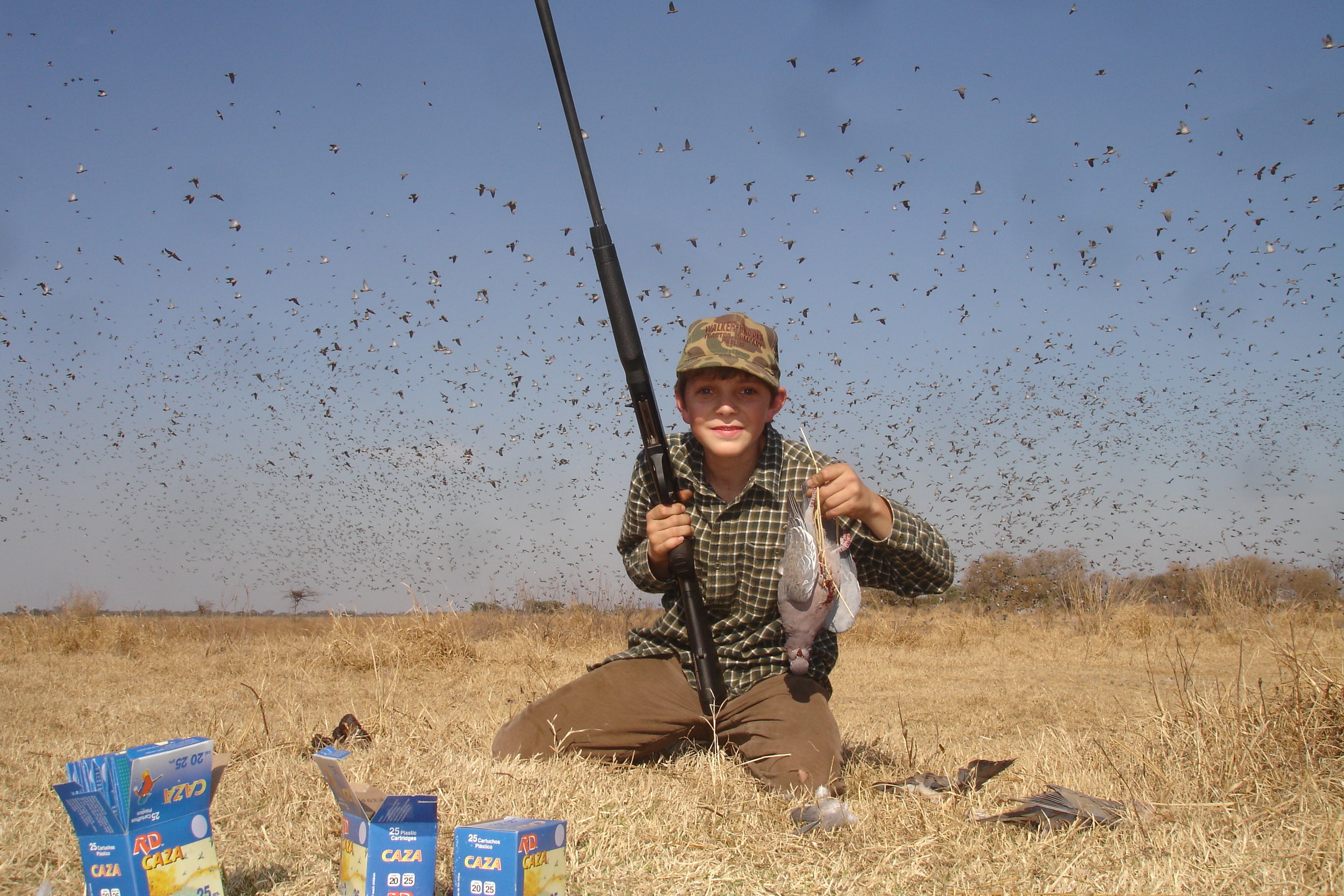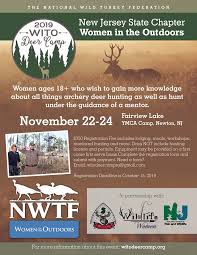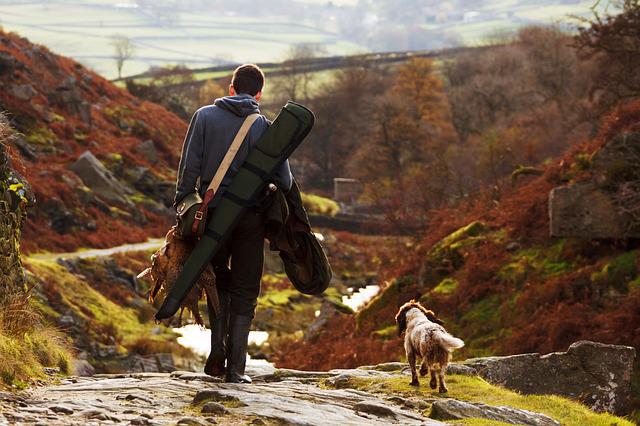
Hunting in state parks is an excellent way to enjoy the great outdoors, no matter if you are a professional hunter or a weekend warrior. Although hunting is not permitted in all parks, information on hunting in state parks can be found on their websites. Their Public access atlas provides information on hunting regulations. Learn more about hunting in state parks, and how to hunt responsibly. Below are some tips and tricks to help you hunt successfully.
Atlas available for public access
If you are a hunter looking for the best spot to hunt in Colorado's state parks, the state's Public Access Atlas can help. This map shows all public access areas within each park. It also includes habitat information and species. Detailed descriptions of each area will help you make the best choice for your hunting trip. You can also use the drop-down menus to narrow down your search.
Regulations
It is important to know that hunting in a state park requires you to follow certain laws. State parks are generally open for hunting and fishing, but they cannot be opened to anyone without the proper license. You must also stay within the park's boundaries and ensure that your firearms are kept in your vehicle at all time. The state park office can provide more information if you are planning on hunting. You can also get individual maps of the state parks to see which laws apply.

Hunting is an important part of most recreational parks. You are not allowed to use traps or weapons. You aren't allowed to use weapons unless you are hunting in an archery range or underwater park. However, there are exceptions. Respecting other park users is another requirement. To fly a drone around the park and take photos, you will need a permit. Also, an entrance fee must be paid.
Permitting process
The permit process for hunting in state parks varies by region. Some permit types allow specific methods of taking game, and others do not. There are bag limits that apply to big game. While deer hunters are permitted to harvest them by the state's permission, they are subject to several restrictions. These include the maximum size, bag weigh, and number shots. Incendiary ammunition and jacket bullets made of full metal cannot be used.
The Department of Conservation and Recreation issues permits. They can also be obtained online. The applicant must submit a liability certificate that lists the Commonwealth of Massachusetts as an additional insure. The policy must be at least $1,000,000 in coverage. In addition, all hunting permits require an application fee. For more information, visit the Pennsylvania Department of Conservation and Natural Resources. The guide offers tips and other resources for hunters who are interested in hunting in state parks.
Hunting zones
Hunters in New York have the ability to hunt turkey, deer, and small game within certain state parks. For details on the hunt you are interested in, please contact the park office. Some areas have specific hunting restrictions, while others may not allow you to hunt at all. Here's a list of areas where hunting is allowed in New York's state parks. Below are the hunting and fishing areas.

There are private lands, as well as state-owned land that are available to the public. Private lands may be designated wildlife management areas and require permits. The state maintains 85 of these lands. Many of these public areas are not subject to hunting regulations. However, they are often open to the public for free. Below are some examples where hunting is allowed. You should first check with the park office before you try to find a place near your home.
FAQ
Is it permissible to hunt bears here in Alaska?
It is legal to hunt bears within certain areas in Alaska. Bear hunters may use traps and snares in order to capture them. Others use dogs to track down bears.
The Alaska Board of Game regulates bear hunting. Hunters must obtain a bear tag before they go out into the woods.
Denali National Park Preserve has a lot of bear hunting. Special guided hunts allow tourists to take a bear hunting trip that costs a lot.
What are the benefits of hunting?
Hunting is an ancient tradition practiced by many cultures around the world. It was used to obtain food, clothing and shelter. Even though people hunt for sport today, they also do so for food and recreation. Hunted animals' meat is often consumed right after being killed. The skin, fur and feathers of the animal are then eaten, along with any other parts such as their antlers, horns or teeth.
Hunting is not just a way to eat; it's a way to live.
Because they hunt together, hunters have strong family bonds and close friendships. They share stories and memories at campfires and over meals.
Hunters enjoy nature and wildlife, which helps them appreciate life on Earth.
When they take care and look after the game animals, they develop responsibility and respect.
Hunters become better citizens because they practice conservation. They are responsible for protecting habitats and species. They know how much land, water and oxygen we need for survival.
Hunters are part of a community. Their families depend on them. They work together. They support local companies.
Hunters are also able to give back to the community. Many Hunters donate money to support children, seniors, veterans, or other groups.
Hunters can also volunteer their time to help those in need. For example, they might work with the Humane Society or the Red Cross.
How many Americans rely on hunting?
There are more than 300,000,000 hunters in America. That means there are nearly twice as many hunters as people living in New York City.
Hunting is a American pastime which dates back to centuries. Today, however, hunting for sport is less popular than ever. According to the U.S. According to the Fish & Wildlife Service, only 2 percent hunt regularly. This number is even lower for young adults.
But while hunting may seem like a relic of another time, it remains popular among older generations. Recent research found that 68% of boomers plan on hunting again when they retire. Hunting is for them a way to enjoy the outdoors and connect with nature.
Hunting is not a priority for younger generations. According to National Shooting Sports Foundation, 18% of millennials don't consider themselves to be avid shooters.
FWS is determined to keep America's wild spaces open to everyone.
In 2014, the agency launched its "Wild Lands" campaign to raise awareness about public lands across the country. The agency's goal is educate the public about the importance of conserving these areas and encourage them visit them.
The Wild Lands initiative encourages conservation efforts. FWS and National Rifle Association collaborated to create Project Gunter a youth shooters program. This program teaches kids how firearms can be safely handled and helps them to develop skills such safety and marksmanship.
Project Gunter is now expanding to women and minorities. It has resulted in more children learning to shoot guns and taking part in wildlife conservation.
Statistics
- Over the past 50 years, the number of hunting licenses in California has been on a rapid decline, falling 70% from more than 760,000 in the 1970s to under 268,000 in 2020—even as the state's population has skyrocketed, according to The Mercury News. (stacker.com)
- Licenses dropped from a peak of roughly 17 million in the 1980s to 15 million in 2019, according to The Seattle Times. (stacker.com)
- Less than 1% of Hawaii's population has a hunting license. (stacker.com)
- In less than 20 years, Rhode Island saw a 40% drop in the number of hunting licenses for residents, according to The Valley Breeze. (stacker.com)
External Links
How To
How to choose the most desirable hunting spots in the forest
Knowing what kind of game you wish to hunt is the first step in hunting. There are different types of animals and birds that live in forests and they all have their own habitat requirements, so if you don't know which type of animal you would like to hunt, you won't find any place where you can successfully catch them.
There are two main kinds of animals that can be found in the forest: large mammals, and small mammals. Deer, elks, mooses, caribous, bears, wild boars, and wolves are all examples of large mammals. Squirrels, rabbits, squirrels and hares are some of the small animals. Each species requires a specific habitat. You must ensure that you pick the right location before venturing out into the woods. Check the online flora/fauna listing for your area to find endangered species near you. Make sure the area you intend to hunt is free from poaching if you want to hunt that species.
When hunting a particular species of animal, you will need to learn how to properly set it up. Because it can affect your success rate, it is important to have the right equipment. A rifle that can fire accurately at close range is ideal for hunting rabbits. A rifle that can fire long distances will be necessary for hunting larger animals such as deer. You'll also need some bait to attract your prey. Some recommend placing meat in a trap to lure an animal. Others prefer peanut butter or corn. Whatever your choice, make sure to follow all rules and regulations in the country where hunting is taking place.
When choosing a hunting spot, you'll need to consider several factors including the weather conditions, terrain, vegetation, wildlife population, and accessibility. Safety is the most important thing when hunting. Be sure to avoid dangerous animals and predators when hunting in a remote area. Avoid areas with too many people, especially during hunting seasons. You should also take note of the seasons when hunting because this will help you determine the best times to hunt.
You should consider the weather when choosing a hunting location. It is important because it can affect the number or animals that will be there. During winter, the temperature drops below zero degrees Celsius, and snow covers the ground. The thick snow layer makes it difficult for coyotes, bears, wolves, deer and other animals to be seen. These animals might still be visible if there is a clear day. However, summer temperatures reach above 30°C and the sun warms earth. It is easier for animals to find shelter from the heat, as they move away from it.
Also, consider the terrain. The terrain should be considered. A flat surface is easy to navigate and run over, while uneven surfaces require more effort. Steep slopes are harder to climb, and rivers and streams often cause muddy trails. So that you can navigate the area easily, try to find a spot without any obstacles.
You should look at the vegetation as well as the terrain. The environment can affect the size and density of plants. For smaller animals, large trees can provide shade and cover while shrubs or bushes can offer shelter. Dense vegetation is the best option if you are looking for large animals.
Last but not least, be mindful of how many animals you are allowing into your home. According to statistics, there are more than 100 million deer in North America alone. They eat nearly half of all food produced by crops and are essential to maintaining biodiversity. If the population grows, it could cause problems for the ecosystem and make them pests. Therefore, it is vital to keep the population balanced.